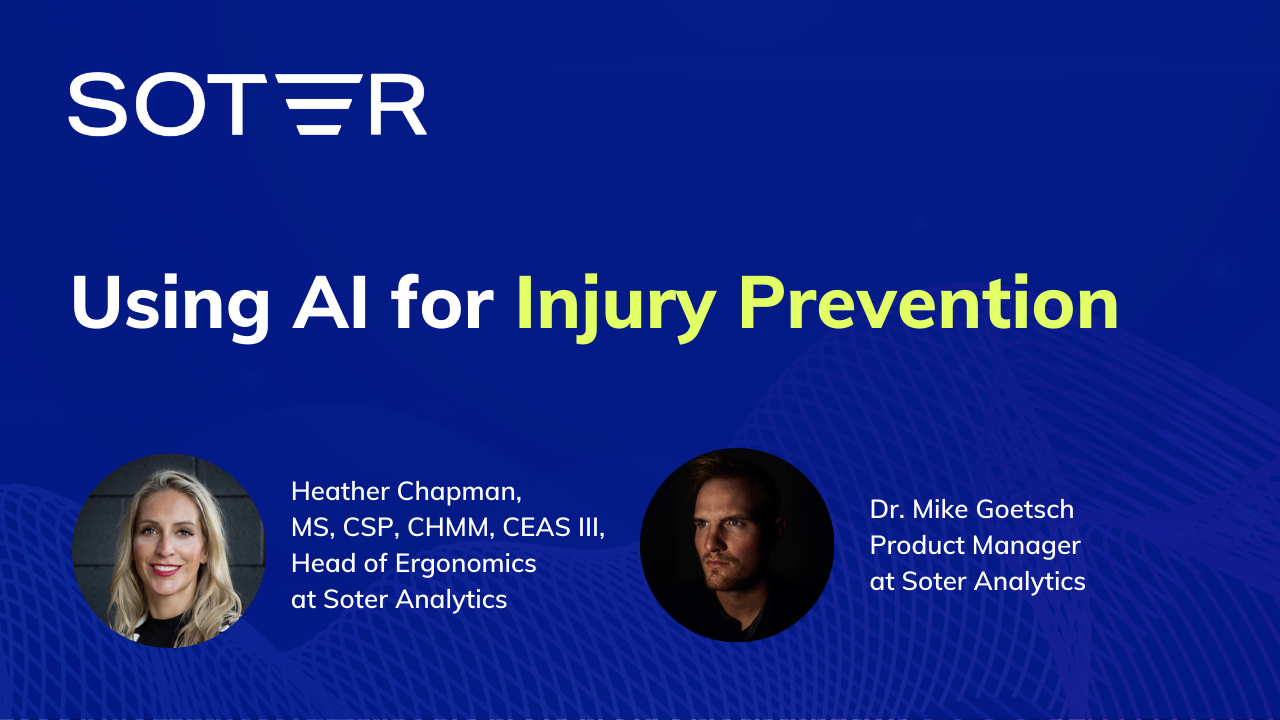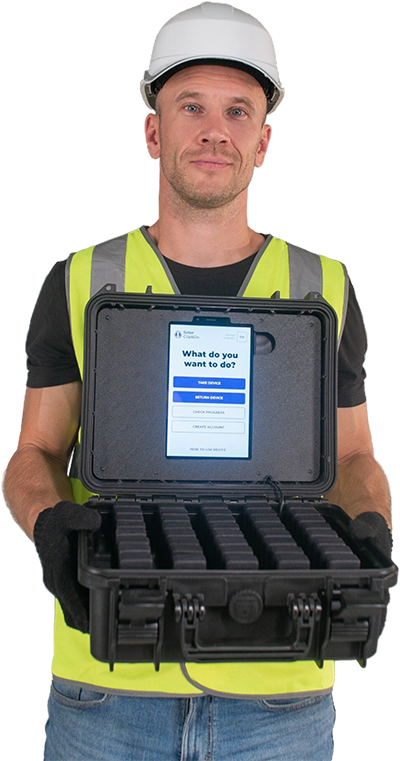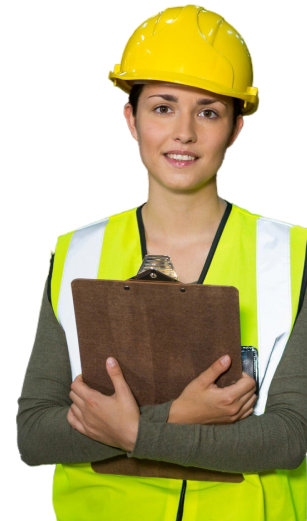Insights on AI in the Industrial Sector
Dr. Mike Goetech and Heather Chapman discuss how AI will change Safety and Productivity.

With 75% of businesses already integrating AI in various capacities—a figure expected to reach near ubiquity within the next year—it's becoming increasingly difficult to imagine daily life and business operations without encountering it. The industry is poised for explosive growth, with investments worth billions gearing up for a projected $2 trillion market by 2030.
As AI permeates every sector, safety professionals have a unique opportunity to explore how this technology can enhance their work and create safer environments for the workforce they are committed to protecting.
Enhancing Health and Safety with AI
Artificial intelligence holds immense potential for enhancing health and safety by efficiently processing vast amounts of data. AI excels in analyzing information, helping professionals manage overwhelming data, whether through computer vision or natural language processing like chatbots. By simplifying data analysis, AI allows health and safety professionals to focus on building trust and a strong safety culture, moving away from tedious tasks and towards more impactful human-centric work.
Addressing Accuracy Concerns in AI
Generative AI models, such as GPT-4 and Meta's Llama 3, are designed with a significant focus on accuracy. Despite their sophistication, these tools can sometimes provide incorrect answers, which is a major concern in areas like health and safety where precision is critical. Ensuring the reliability of AI outputs is essential for maintaining high safety standards.
Engaging the Tech-Savvy Workforce
Integrating technology can effectively engage and retain the younger, tech-savvy generation entering the workforce. For instance, technology has been used to address workplace safety issues involving manual labor. Quick and effective solutions not only improve safety but also significantly engage workers, leading to broader implementation across multiple distribution centers.
Simplifying Safety Audits with SoterGenius
SoterGenius simplifies the process of safety audits and ensures immediate remedial actions. Its capabilities include providing comparisons with other companies regarding similar violations and potential penalties, aiding in the financial justification for implementing safety measures. This tool can take an image or a spoken description and convert it into a detailed report, containing extensive information about the scene. Users can then ask targeted questions to enhance their safety programs, such as requesting details on applicable safety standards or recent related violations, helping to tailor and strengthen their safety protocols.
Expanding Expertise and Bridging Knowledge Gaps
SoterGenius also expands users' expertise, allowing them to cover more ground and fill in any knowledge gaps as they develop and refine their safety policies. This approach not only improves safety practices but also leverages technology to make workplace environments safer and more compliant.
Proactive Safety Measures and Solutions
SoterGenius enhances safety procedures by not only identifying potential safety issues but also suggesting actionable solutions. By transitioning from merely spotting safety risks to providing specific corrective actions, the tool significantly speeds up response times. Additionally, it bridges the often-overlooked gap between prescribed safety measures and actual practices on the work floor. This includes conducting ergonomic assessments that not only identify risks but also generate a diverse array of corrective action ideas.
In conclusion, as AI technology continues to advance, its integration into health and safety practices will become increasingly crucial. Tools like SoterGenius demonstrate the powerful capabilities of AI in creating safer, more efficient workplaces. By embracing these innovations, safety professionals can ensure they are not only keeping up with technological advancements but also setting new standards in workplace safety.


